- Joined
- Jun 23, 2011
- Messages
- 786
I'm building a steam engine that uses 3/16-40 pipe threads. Rather than buy an expensive tap and die set for these threads (and another set for a friend), I figured I try my hand at making some... After a bit of research into the cutting geometry, I went at it. Both were made from W1 drill rod (waterhardening silver steel for those across the pond)
Not shown in the pictures below are the hardening, quenching and tempering (straw color) processes...
Hover yoiur mouse o=ver the photo to see a description. Click on the photo to enlarge.
I made two sets...
John
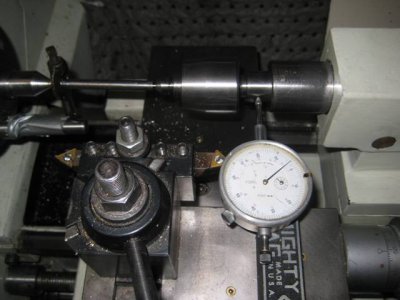
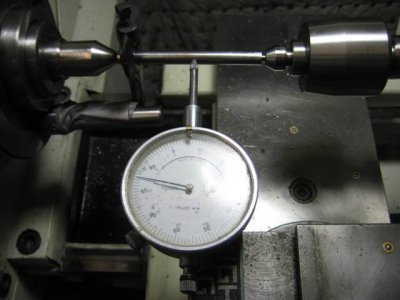
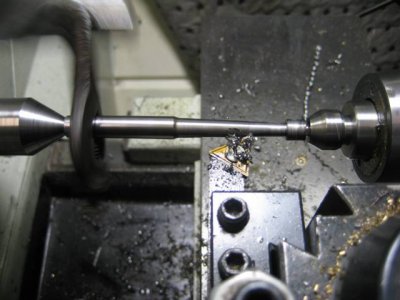
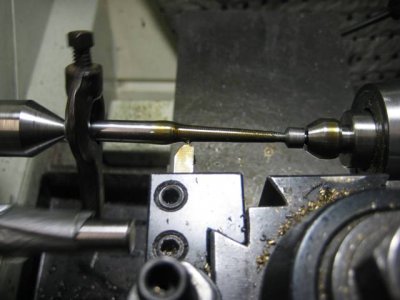
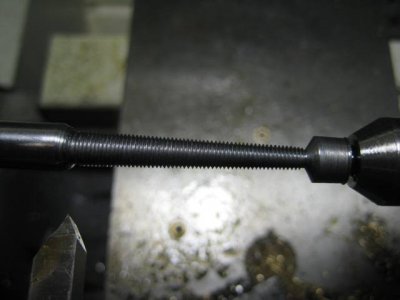
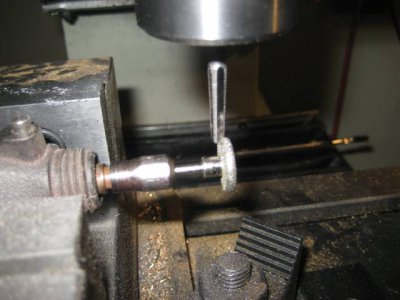
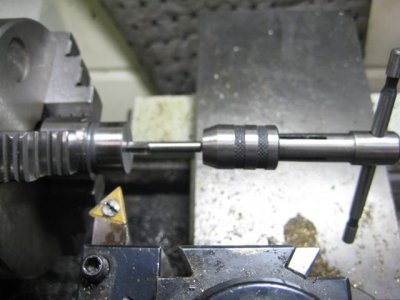
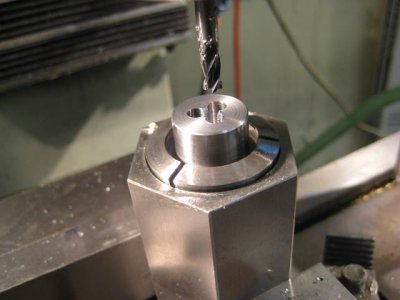
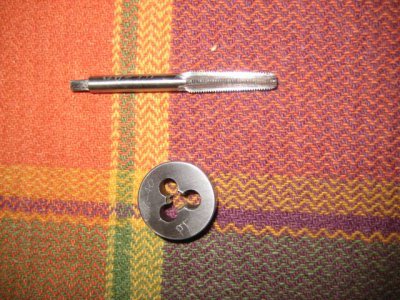
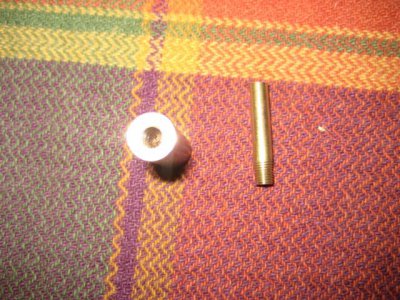
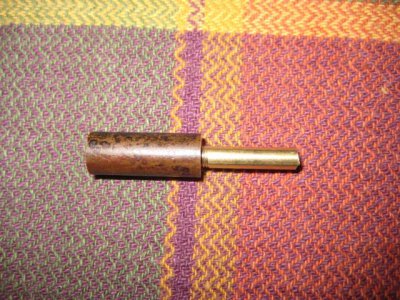











Not shown in the pictures below are the hardening, quenching and tempering (straw color) processes...
Hover yoiur mouse o=ver the photo to see a description. Click on the photo to enlarge.
I made two sets...
John






















Last edited:

